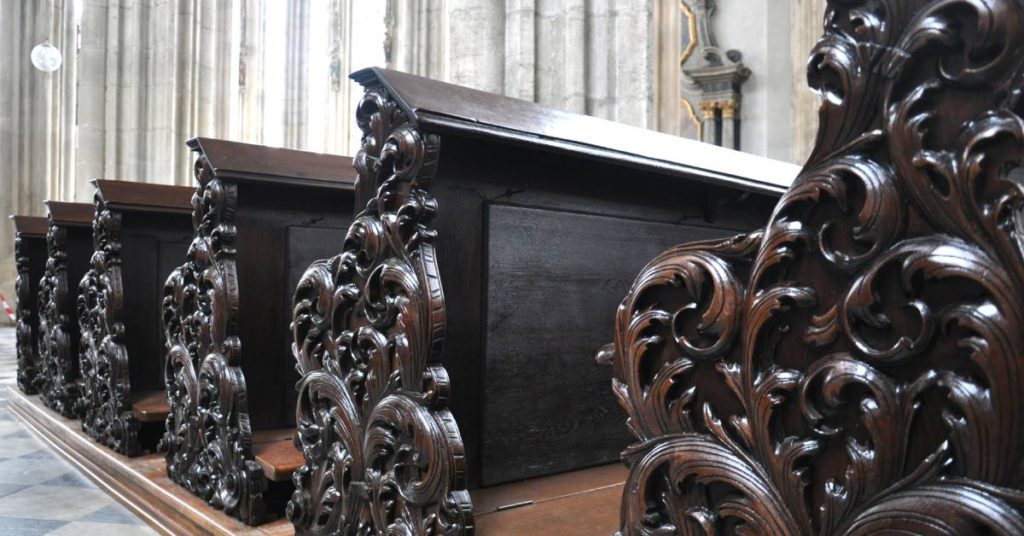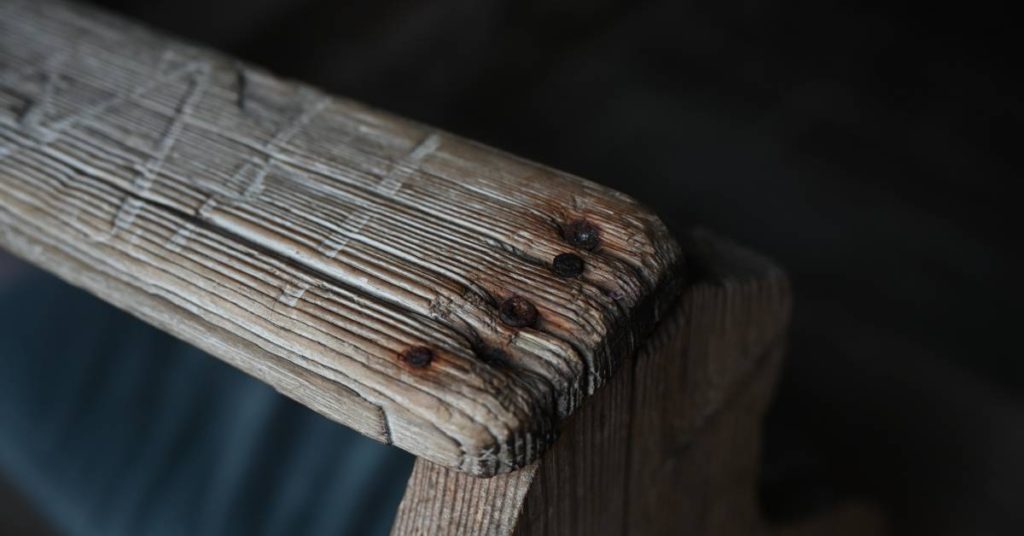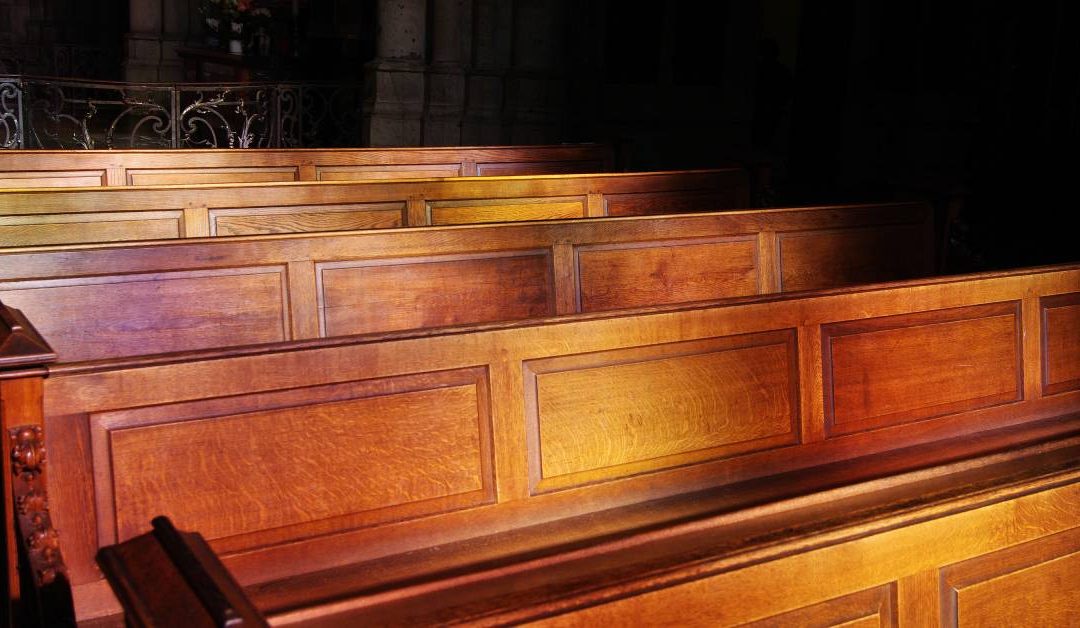Church pews often carry centuries of history and display beautiful woodwork. Preserving these sacred pieces is essential for preserving their legacy. Whether you’re a historian, an antique enthusiast, or a church administrator, understanding how to preserve old church pews properly can ensure these historical treasures remain intact.
Why Restore Church Pews?
Church pews are essential pieces of furniture in houses of worship that were crafted with loving care and attention. They have witnessed countless sermons, weddings, baptisms, and community gatherings.
While new pews may be nice, restoring older ones can emphasize their historic charm and create connections with past congregations. This means church leaders must strike a delicate balance between restoring and preserving these artifacts.

The Evolution of Church Pews
Church pews weren’t always a staple in places of worship. Initially, congregants stood during services, and seating was reserved for the elite or elderly.
With the Reformation and the rise of Protestantism, the demand for sitting arrangements grew, leading to the widespread use of pews. Today, church pews reflect various architectural and cultural influences from different eras, from Gothic to Baroque to modern.
Types of Church Pews
Church pews come in a variety of styles, each with its own historical context. Understanding these differences can help you determine the best preservation methods for each type. Here are a few of the most common:
- Gothic pews are characterized by pointed arches, intricate carvings, and high-backed designs. They are often made of dark, heavy wood. The design emphasizes verticality and ornate details, echoing the architectural elements of Gothic cathedrals.
- Baroque pews are extravagantly detailed with flowing curves and lavish decorations. Typically crafted from richly stained wood and featuring ornamental motifs and elaborate moldings, these pews reflect the grandeur of Baroque churches.
- Colonial pews are simple, sturdy, and functional. Often created from light wood, these pews are typically straight-backed with minimal decorative elements to reflect the practical ethos of early settlers in the US.
- Victorian pews are distinguished by their elegance and attention to detail. Features include carved ends, upholstered seats, and decorative finials. Often made from richly colored woods, these pews exhibit the ornate style of the Victorian era.
- Clean lines and minimalist designs characterize modern pews, often combining wood and metal. These pews prioritize comfort and durability with ergonomic seating and upholstered elements.
Common Wood Types
Most historic church pews are made from solid wood, such as oak, pine, or walnut. The type of wood often influences the preservation techniques. For instance, oak is durable but can dry out and crack over time, while pine is softer and more prone to dents and scratches. Knowing the material of your pews is the first step in preservation.
Preservation vs. Restoration
Understanding the Difference
Preservation focuses on maintaining the current state of the item, preventing further deterioration without altering its original form. Restoration, on the other hand, involves returning an item to its original condition, often by replacing or repairing damaged parts. Both approaches have their merits, and choosing the right one depends on the condition and value of the artifact.
When To Preserve
Preservation is the better choice when your church pews are in relatively good condition but show signs of wear and aging. The goal is to prevent further deterioration while maintaining the pews’ historical and aesthetic integrity. Regular maintenance, gentle cleaning, and protective measures can go a long way in preserving these historic pieces.
When To Restore
Restoration is appropriate when structural integrity is compromised, making the pew unsafe for use. In such cases, restoring the pews can prevent further damage and extend their usability. However, you should restore pews sympathetically, ensuring new materials match the original as closely as possible.

Maintenance and Preservation
Cleaning Techniques
Cleaning church pews requires gentle, non-invasive methods. Start by dusting the surface with a soft cloth to remove loose dirt and debris.
For a deeper clean, use a mild, pH-balanced soap mixed with water. Dampen a cloth with the mixture and gently wipe down the pews. Avoid soaking the wood, as excess moisture can cause warping and damage.
Repairing Minor Damages
Over time, church pews can accumulate scratches and dents and develop loose joints. Use wood filler to address these flaws, matching the filler color to the original wood. Wood glue can provide a quick fix for loose joints, but make sure it’s compatible with the type of wood you’re repairing. If the damage is extensive, it might be best to consult a professional church pew restorer.
Proper Storage
If you have to temporarily remove your church pews, store them in a climate-controlled environment to prevent warping and cracking. Keep them elevated to avoid moisture damage, and cover them with breathable fabric to protect them from dust and sunlight.
When DIY Preservation Fails
Recognizing the Limits of DIY
DIY preservation can be rewarding, but it’s important to recognize when a project is beyond your skill level. Extensive damage, such as deep cracks, severe warping, or significant structural issues, often requires professional intervention. Attempting to fix these problems without the expertise can result in further damage.
Hiring a Professional Contractor
When DIY efforts aren’t enough, hiring a professional contractor with experience in antique furniture restoration is the best course of action.
Look for contractors who specialize in historical preservation and have a portfolio of similar projects. They can assess the condition of your pews and recommend the best restoration or preservation techniques.
Benefits of Professional Help
Professional contractors bring specialized knowledge, tools, and techniques to the table. They can identify the type of wood, match finishes, and perform repairs in line with the historical context of the pews.
These pros can even help you select the best church pew upholstery for your project. While it may be an investment, professional restoration can extend the life of your church pews and preserve their historical value.
Preserve the History of Your Church
Properly preserving old church pews is a labor of love, requiring attention to detail and a deep appreciation for history. Whether you’re dusting off a colonial bench or repairing a Victorian masterpiece, each step you take safeguards a piece of the past for future generations.
With these tips, you can ensure these historical treasures remain a vital part of your community’s heritage. Take action today to preserve the history of your church pews and create a space that your congregation will appreciate.

